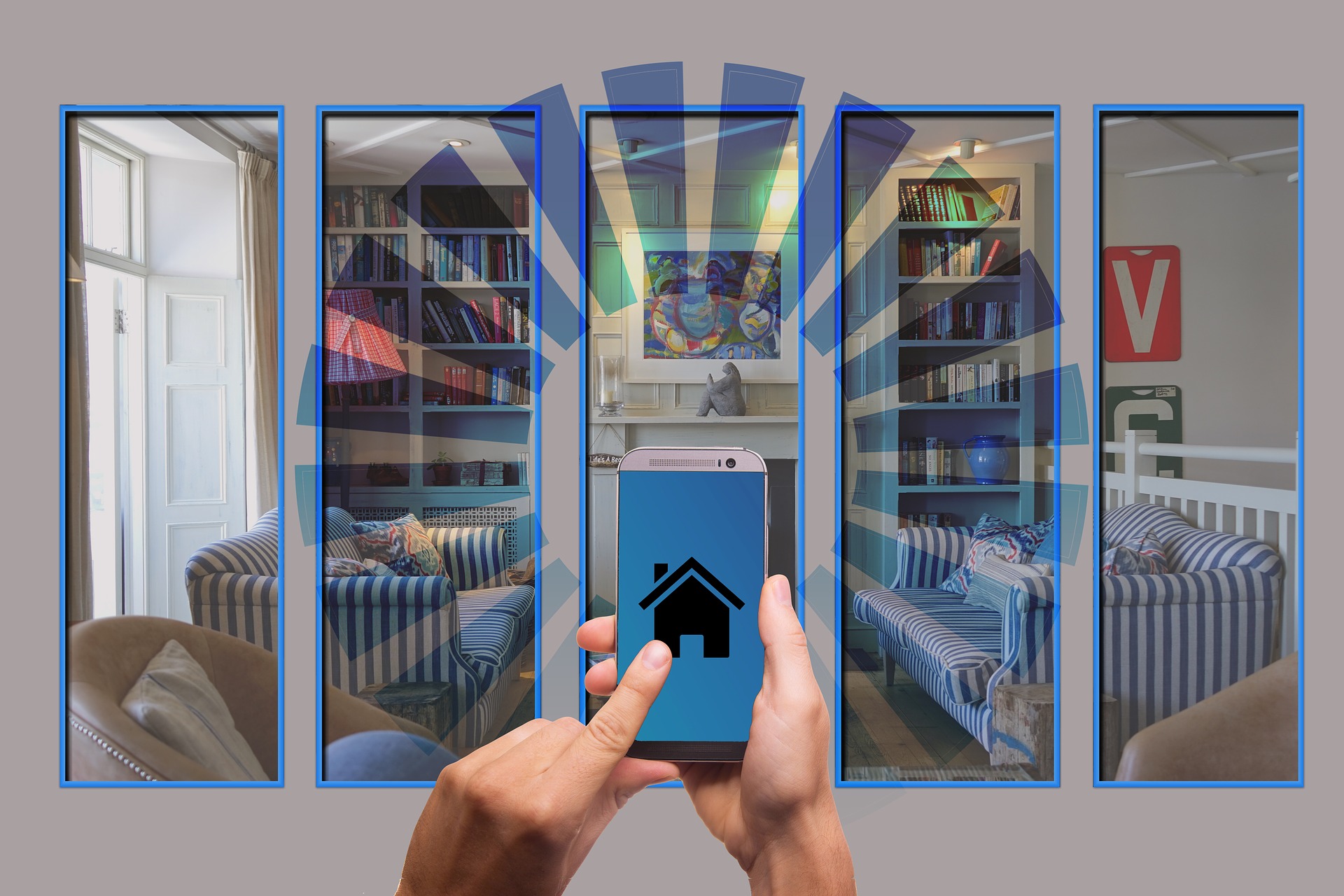We are all in the beginning decades of the technological era. More people are getting connected to the IoT than ever before. Mobile devices can be seen in almost every pocket, or in hands while scampering around city streets. Granted mobile phones are not always hooked up to our internet at home, but there are still plenty of hours logged onto Wi-Fi.
Your smart home does not have to be at risk of getting hacked into. You can do 7 things right now that are actionable and that will help secure all your IoT devices, as well as your smart home itself.

-
- Router: You need to place the router in a central location that offers good internet signal in every part of the house, including outside if you have any outdoor devices hooked into the main control center of your smart system. As soon as you set the high-quality router up you will want to go into the settings and change the password. Use a hard password that will be impossible to hack. If you are having a hard time remembering the password, you can bet that others will have a difficult time getting into it.
- Separate Wi-Fi for Your IoT Devices: When you set up your router you will want program a Wi-Fi section that is dedicated strictly for your home IoT devices. Access to it needs to have a unique, complicated password set for it. It should include numbers, letters, and symbols. Ones that make no sense and have no rhyme or reason. You do not want to give hackers something easy that they could tap into with a few guesses.
- Top of the Line Internet: Not all internet service providers are the same, and not all of them can keep you always connected. When you have a smart home, this is extremely important. Most systems will have a way to bypass most everything on the circuit, but cameras and other security devices rely on the internet connection to communicate with the company that is monitoring them. The point is, though, that you need to compare all the providers in your area, research them all, and then go through an online comparison platform like iSelect. Go over as many offers that you can. Choose the best one based on their performance, not on their prices.
- Added Features: You will want to disable any added features that came with your IoT devices. This step will depend upon the device that we are talking about, and how you use it. An example would be having the lights set up with sensors, but that can also be controlled on a mobile device in any location. You need to think if you need to have that application on your phone, or if you only use the lighting through the sensors in the house. If you do not need the app delete and disable the option. The more that you have outside of the main hub, the easier it will be for an experienced hacker to gain access to your internet.
That is about all that there is to actionable things that you can do to secure your IoT devices and your smart home. It all starts with getting a good service provider, buying top-of-the-line equipment, and securing it all with passwords that can not be hacked.
You need to keep in mind that internet service can vary from area to area, and block to block. If you are going to be using all the features that your smart home has to offer, you will need to get the best service in your area, even if it costs more than the other offers.









